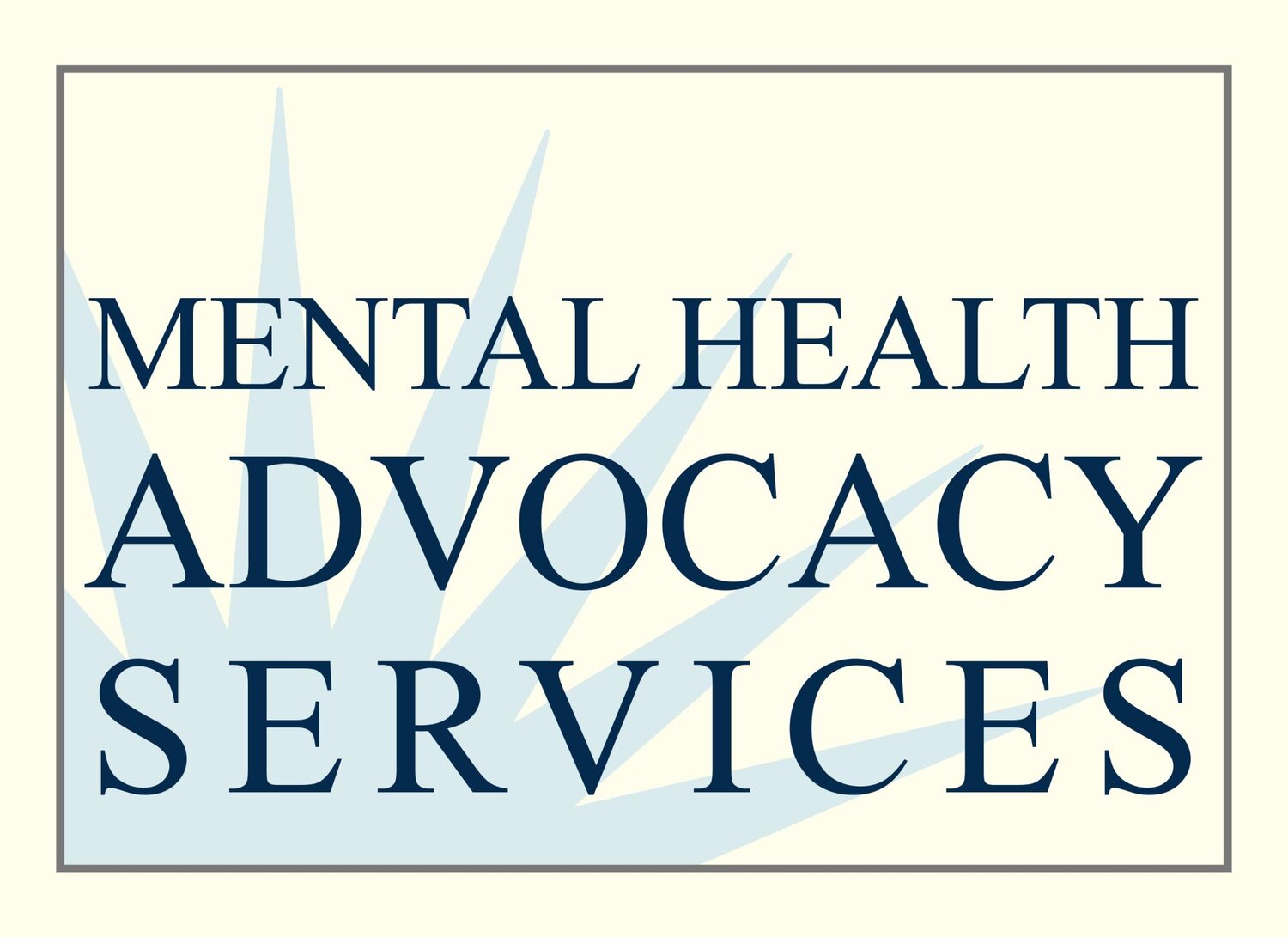Happy V-Day, to End Violence
by Tanya FranklinTanya Franklin is UCLA School of Law’s inaugural Education Law Public Service Fellow at MHAS.
In addition to being Valentine’s Day, today is also a reminder and celebration of V-Day, a movement to end violence against women and girls globally. A bird’s eye view of restorative justice could offer many opportunities to work with women and girls who have experienced harm, yet in my education law fellowship, I rarely work with female students.In my legal work with school discipline and special education, I represent a lot of young men. Nearly all of my clients have been male students between 1st and 12th grade. In addition to my direct legal services supporting young men, in my policy work (and for good reason), the focus is also on males, particularly on boys and men of color. Nation-wide, it’s been reported that boys are 71% of suspensions, 67% of students in special education (80% of which are African American or Latino), and five times more likely than girls to be categorized as hyperactive. Nearly 60% of black boys and 42% of Latino boys report having been suspended. For a variety of reasons that usually relate back to behavior, more of our young boys are being pushed out of schools, and this is where restorative justice comes in.I recently spoke with a special education teacher, Ms. G, at one of the schools I work with. Several of her students are on probation and when the school year started, they felt like the adults on campus were “out to get them.” They worried that anything they said would be used against them and that their teachers would try to make them break probation.The techniques Ms. G learned in RJ training helped her to create safe spaces for her students to feel comfortable opening up and to ask them questions that showed she truly cared about their attendance, behavior and academics. She has sometimes stopped a lesson to engage in honest and respectful dialogue to address issues and really listen to her students. Ms. G says the process of circle makes her students feel less threatened because she’s not a superior, standing in front during circle; rather, she’s among them, listening and speaking honestly, alongside her students. She also says that circle helps her students learn how to express themselves with words instead of their fists.Ms. G had the opportunity to sit in a harm circle with one of her special education students who was in a fight earlier this school year. Because of that experience, he now knows he can truly talk to at least three adults – Ms. G, the RJ Coordinator, and the school psychologist – not because they told him he could talk to them anytime, but because they showed him he could. He hasn’t had an altercation since his harm circle and he says he never wants to fight again.RJ can help to end violence, one circle at a time. Happy V-Day, everyone.
